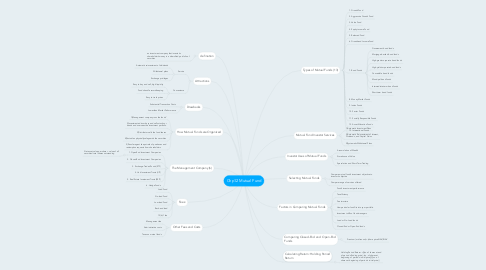Chp12 Mutual Fund
by Lau Junn Yong


1. defination
1.1. an investment company that invests its shareholders’ money in a diversified portfolio of securities
2. Attractions
2.1. Service
2.1.1. Automatic reinvestment of dividends
2.1.2. Withdrawal plans
2.1.3. Exchange privileges
2.2. Convenience
2.2.1. Easy to buy and sell; high liquidity
2.2.2. Funds handle recordkeeping
2.2.3. Easy to track prices
3. Drawbacks
3.1. Substantial Transaction Costs
3.2. Lower-than-Market Performance
4. How Mutual Funds are Organized
4.1. 1)Management company runs the funds’
4.2. 2)Investment advisor buys and sells stocks or bonds and oversees the investment portfolio
4.3. 3)Distributor sells the fund shares
4.4. 4)Custodian physically safeguards the securities
4.5. 5)Transfer agent keeps track of purchases and redemption requests from shareholders
5. The Management Company (6)
5.1. 1. Open-End Investment Companies
5.1.1. Net asset value per share = value of all securities/total shares outstanding
5.2. 2. Closed-End Investment Companies
5.3. 3. Exchange-Traded Funds (ETF)
5.4. 4. Unit Investment Trusts (UIT)
5.5. 5. Real Estate Investment Trusts (REIT)
5.6. 6. Hedge Funds
6. Fees:
6.1. Load Fund
6.2. No-load Fund
6.3. Low-load Fund
6.4. Back-end load
6.5. 12(b)-1 fee
7. Other Fees and Costs
7.1. Management fee
7.2. Administrative costs
7.3. Taxes on mutual funds
8. Types of Mutual Funds (13)
8.1. 1. Growth Fund
8.2. 2. Aggressive Growth Fund
8.3. 3. Value Fund
8.4. 4. Equity-income Fund
8.5. 5. Balanced Fund
8.6. 6. Growth-and-Income Fund
8.7. 7. Bond Funds
8.7.1. Government bond funds
8.7.2. Mortgage-backed bond funds
8.7.3. High-grade corporate bond funds
8.7.4. High-yield corporate bond funds
8.7.5. Convertible bond funds
8.7.6. Municipal bond funds
8.7.7. Intermediate-term bond funds
8.7.8. Short-term bond funds

